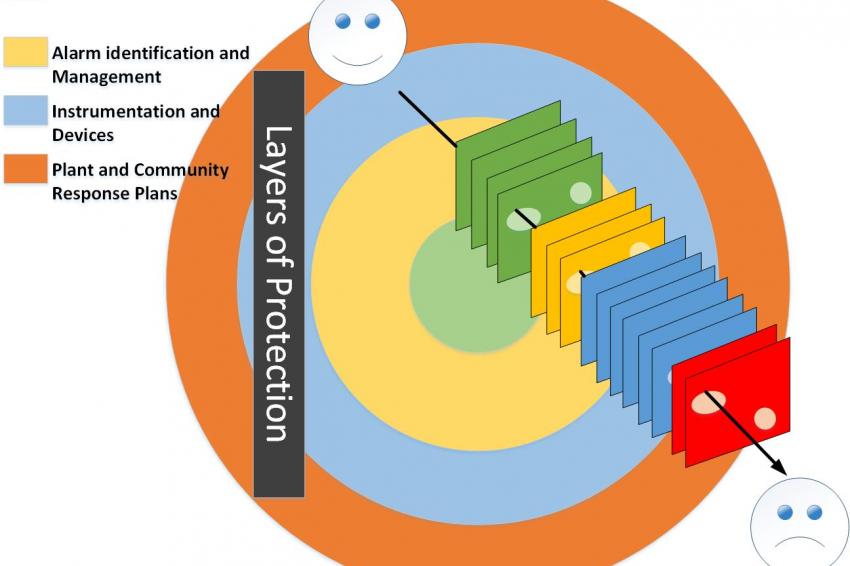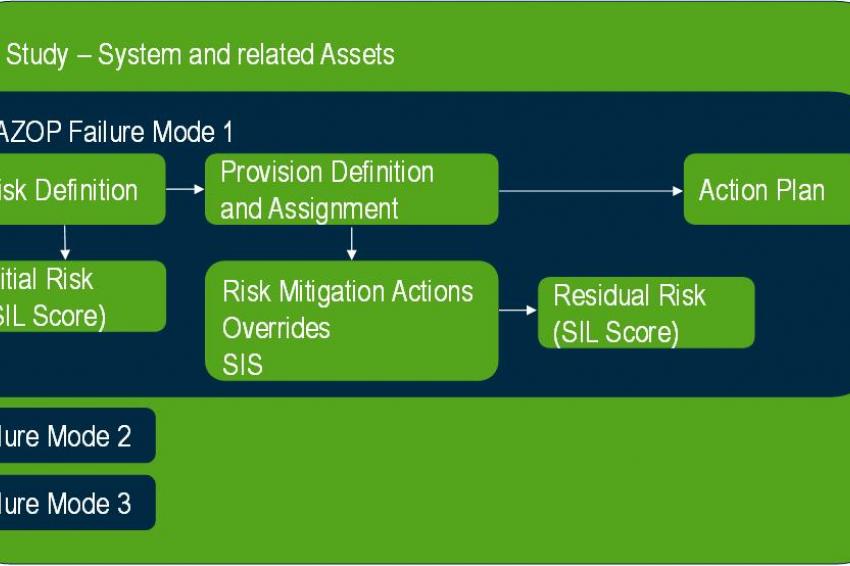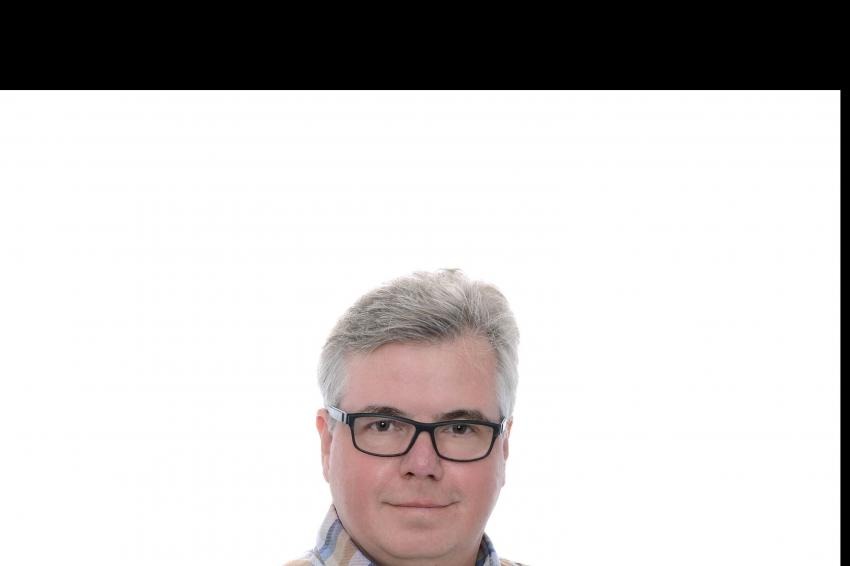A Disciplined Approach to Safety
How to Avoid Complacency and Encourage Strong Responses to Weak Signals
A while back, I saw a horrific Facebook video of a massive explosion at a processing facility in Mexico that killed 30 people and injured 46. Among the many comments on that post, one stated “stuff happens, stay safe out there.” The comment reflects a common attitude in the workplace; that we are not in control of our personal safety and the responsibility for safe working environments belongs to others. Well, stuff doesn’t just happen and we are not powerless in the face of asset failure. By accepting ownership of safety and taking a disciplined approach to ensure it, organizations can stop such tragedies from occurring.
Major incidents are nightmares shared by workers, plant managers, CEOs, and shareholders around the world. If one occurs in your facility, workers lives will be lost, families destroyed, and nearby neighborhoods put at risk. Beyond the human tragedy, your business reputation will take a major hit as the news (some accurate, some not) blasts through media outlets and social networks. There will be pressure on government to move in and tighten regulations; financial institutions will begin viewing you more skeptically, pushing up borrowing costs and deflating share prices.
And, all this could have been avoided with a stronger focus on safety.
Managing risk is everyone´s job. It starts and ends with proper leadership and accountability at all levels. Failure prevention can only come with discipline to process. We cannot become complacent in anything we do because we are integral to the process. To help avoid incidents and their resulting tragedies, risk control systems for the plant, for the process, and most importantly for the people that drive your organization are required. The manufacturing process of chemicals, petrochemicals, oil and gas production, and power generation involves complex processes with intrinsic hazards that need careful management. Equally as complex are the measures needed to contain the hazards in a controlled way. When the consequence and cost of asset failure can be so high, why take a chance? Safety analysis is a critical component in a company’s overall strategy to create a safe work environment that protects human life and shareholder capital.
Safety Analysis: What it is
A safety analysis is a type of study that examines system-level and related assets to determine loss of containment scenarios, identify risk levels, decide whether a safety instrumented system (SIS) is required, and define the provisions that protect against, or mitigate, loss of containment. Safety analysis is a key component of integrity management. Other components of integrity management include process design, alarm identification and management, protective devices, and community and plant emergency response plans. Together, these actions form a layer of protection around critical systems.
James Reason’s Swiss cheese model for process safety illustrates how major accidents and catastrophic system failures actually uncover multiple, smaller failures leading to an actual hazard. In the model, each slice of cheese represents a safety barrier for a particular hazard and that no single barrier is foolproof, each having ‘holes.’ When the holes align a catastrophic failure occurs, which can result in serious consequences.
To protect ourselves from these holes, systems need to be properly managed, inspected and tested to verify their ongoing reliability. The procedure for defining this process needs to be documented and designs reviewed. A safety instrumented function (SIF) study assesses system risk, defines risk mitigation or elimination actions required to return the system to a safe state when conditions such as pressure or temperature reach a threshold level. An SIF detects a specific hazard and brings the process to a safe state. It provides a defined level of risk reduction or safety integrity level (SIL) for a specific hazard by automatic action using instrumentation.
Context with overall integrity management
The framework of an SIF study is built around your systems and their related assets. The study begins with a hazard and operability study (HAZOP) that generates checklist items for the safety study. Next, failure modes are defined against this HAZOP checklist. After defining a failure mode and its related effects, the next step is to define the risk level of that failure mode. This could involve environmental considerations, reputation considerations, and economic considerations as well as safety considerations. The end result of this process is your initial risk score.
After determining the risk of a failure mode, we now must create a plan to mitigate that risk. This is done by creating provisions on the failure mode. A provision describes the systems and processes that are put in place to prevent or mitigate a hazard. Each provision has an SIL reduction factor, and each provision added will reduce the risk score of the failure mode. Each provision includes steps and actions to take to reduce the identified risk. These steps and actions will then be built out on the action plan to implement into your maintenance program.
A proper safety analysis provides these benefits to your company:
- It produces actionable plans that, when implemented, will reduce risk to your organization to an acceptable level.
- It provides a traceable and versionable roadmap from the work items that you preform to the safety reasons for why you are doing them.
- A properly structured SIF study is complementary to other strategy development analyses your organization may be undertaking such as reliability centered maintenance (RCM) or failure modes and effects analysis (FMEA).
Completing a safety analysis can be accomplished relatively quickly and effectively using software applications that are readily available today. Given the cost of failure, the adoption of a rigorous safety strategy at your organization is one of the easiest and best decisions you can make.







